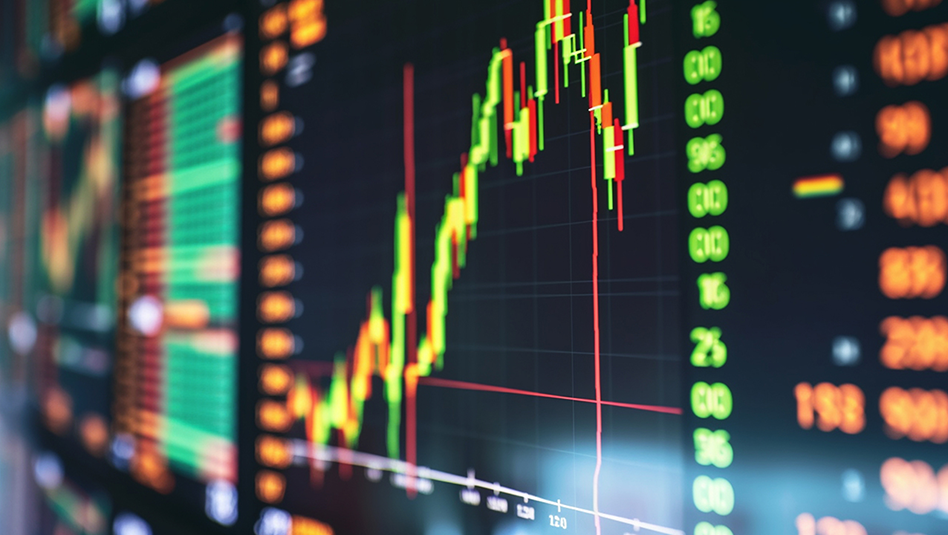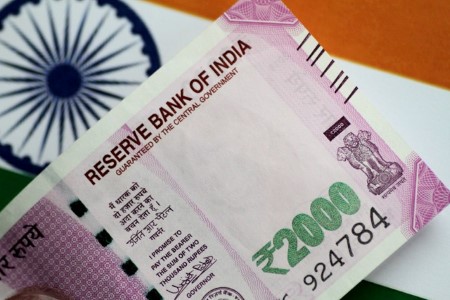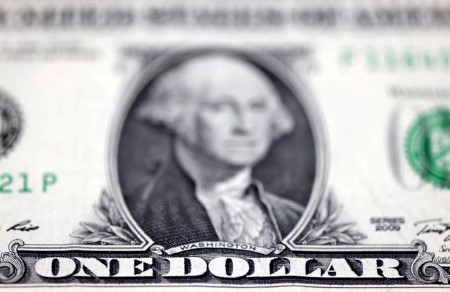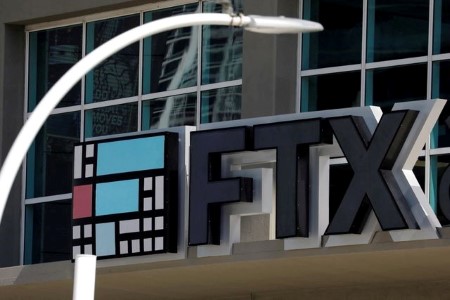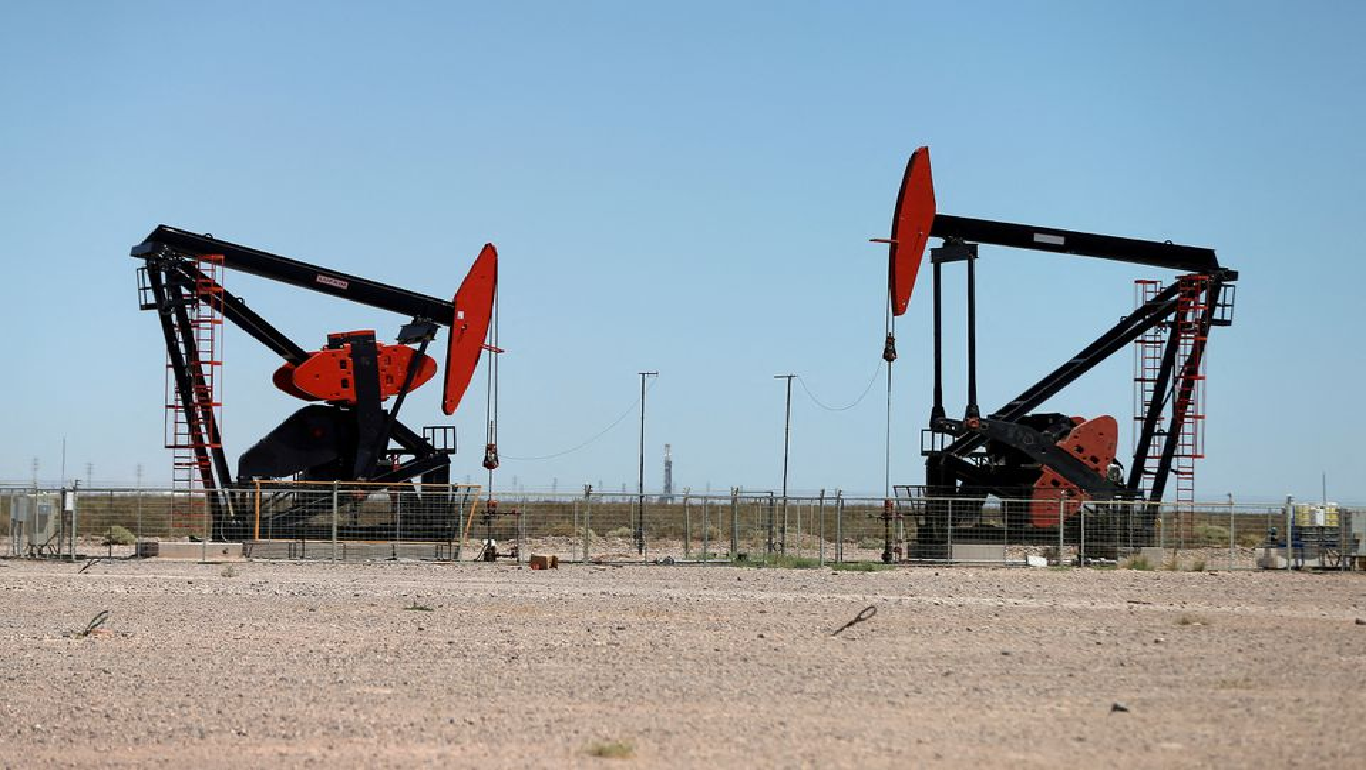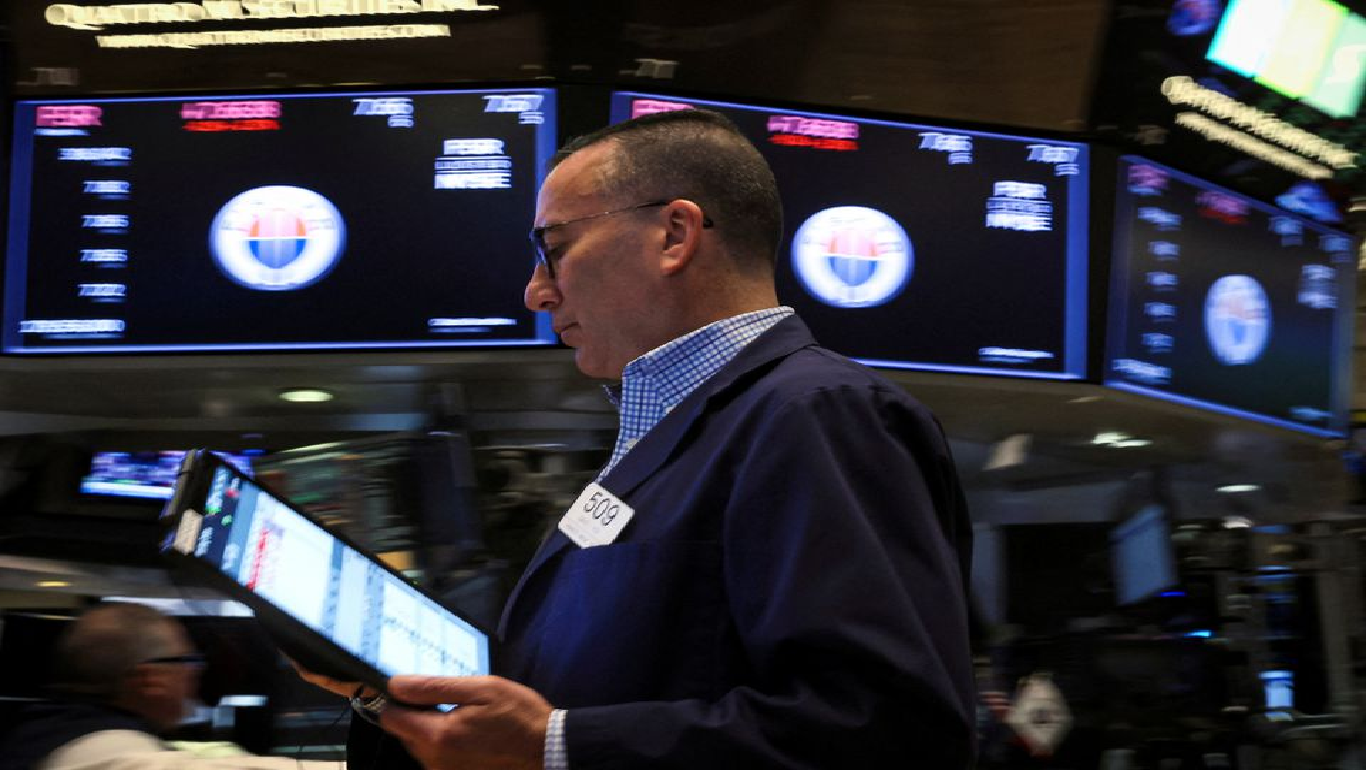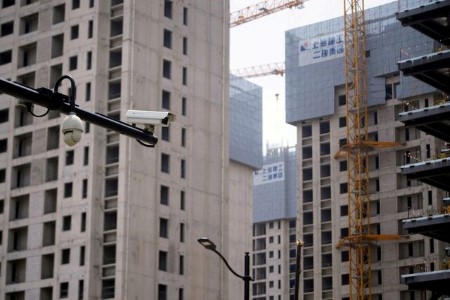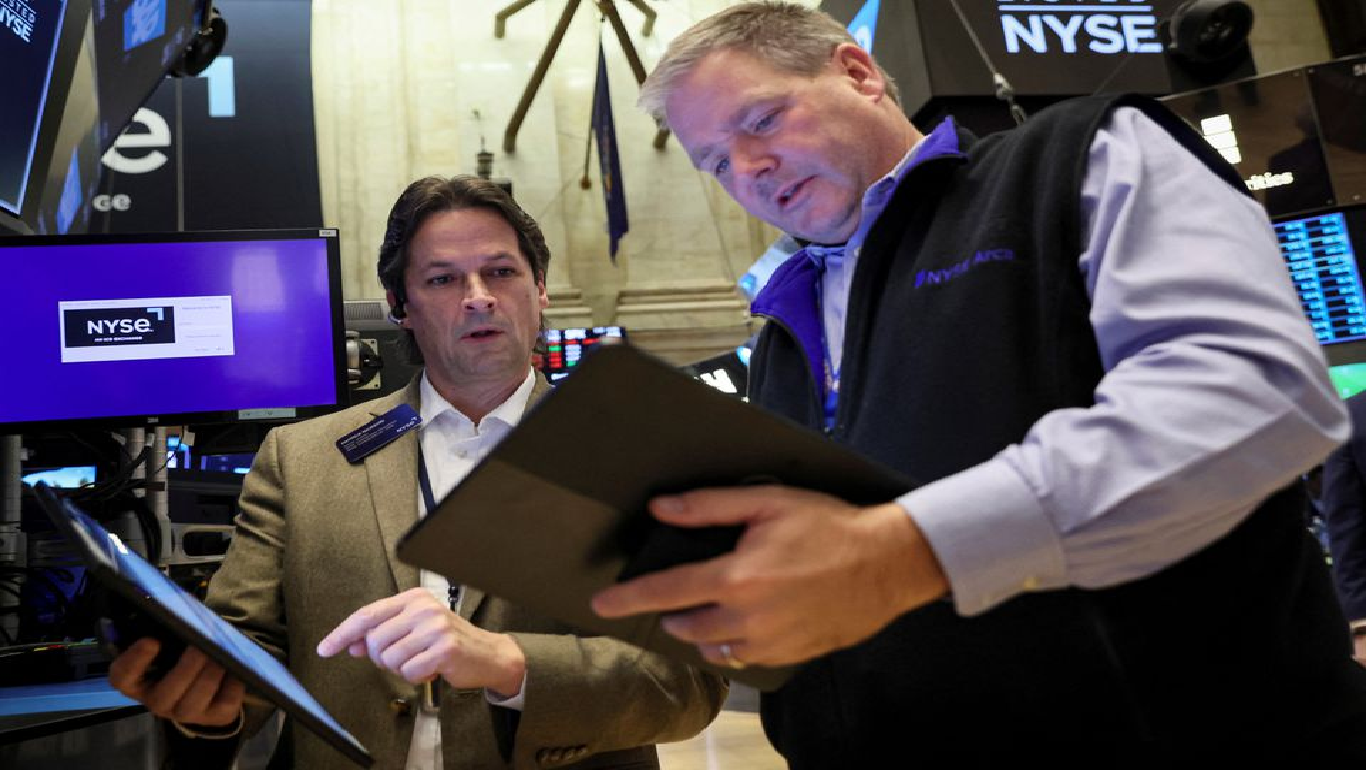HONG KONG/BEIJING, Nov 24 (Reuters) – China’s biggest commercial banks have pledged at least USD 162 billion in fresh credit to property developers, bolstering recent regulatory measures to ease a stifling cash crunch in the sector and triggering a rally in property shares.
Three state-owned banks lined up around USD 131 billion worth of credit lines to developers on Thursday, a day after three other lenders committed USD 31 billion, responding to Beijing’s call for support.
The authorities have been stepping up measures in recent weeks to support developers, after many defaulted on their debt obligations and were forced to halt construction.
Economic prospects are also worsening due to renewed COVID-19 lockdowns and other curbs in cities nationwide. China reported record high COVID infections on Thursday.
The massive, coordinated injection of liquidity into the property sector buoyed the shares of major developers on Thursday.
Country Garden, China’s top developer by sales, closed more than 20% higher after state media reported on Thursday it had received a credit line from Postal Savings Bank of China (PSBC) worth at least 50 billion yuan (USD 7.00 billion).
China Vanke, CIFI Holdings, and Greentown China rose between 8.4% and 18.4% in Hong Kong.
A gauge tracking the sector, the Hang Seng Mainland Property Index .HSMPI, closed up 6.8%.
PSBC late on Thursday announced that it would provide a total of 280 billion yuan in financing to Country Garden as well as others.
Industrial and Commercial Bank of China (ICBC), the world’s largest bank by assets, also said on Thursday that it has agreed to offer 655 billion yuan of financing to 12 property firms including Vanke, Longfor and Country Garden.
China Construction Bank Corp 601939.SS signed cooperative agreements with eight property developers, including Vanke, Longfor and Midea, financial media outlet Yicai reported. No comment from the bank was immediately available.
China’s banking regulator also said on Thursday that banks issued 2.64 trillion yuan in real estate loans and 4.84 trillion yuan in mortgage loans from January to October.
WARDING OFF RISKS
Policy priority has been placed on supporting the bigger and better developers, as it remains challenging for them to collect enough cash via sales, bond and equity financing, said Gary Ng, senior economist at Natixis Corporate and Investment Bank.
“But I am a bit worried about the smaller ones, and they might still be unable to repay debts due to the challenges in home sales or financing by themselves,” he said.
The impact on banks from their increased lending to embattled property developers will be mixed, analysts said, as they balance heeding Beijing’s calls to support the sector with the need to ward off risks.
“Asset quality might be under challenge and the non-performing ratio for real estate will stay high for banks in the coming months,” Ng said.
While banks are responding to regulatory calls to bolster the sector, most of the new loans will go to state-backed developers, Shujin Chen, analyst with Jefferies, said in a note on Thursday.
“Private developers that already defaulted on public debts will still struggle,” she said.
The sector has been reeling under mounting debts, defaults, slower sales and construction suspensions, after the authorities initiated a campaign to rein in excessive borrowing by developers.
Several developers have defaulted on their offshore debt obligations over the past year, fuelling a sector-wide downturn that has weighed on the world’s second-largest economy.
To ease the liquidity crunch, the central bank on Wednesday issued a notice outlining 16 steps to support the sector.
These include local financial firms allowing real estate companies to defer repayment of some loans, such as property development and trust loans, Reuters reported last week, citing sources with knowledge of the matter.
(USD 1 = 7.1430 Chinese yuan renminbi)
(USD 1 = 7.1479 Chinese yuan renminbi)
(Reporting by Xie Yu and Ziyi Tang; Editing by Sumeet Chatterjee, Edmund Klamann, Kirsten Donovan)







 DOWNLOAD
DOWNLOAD

